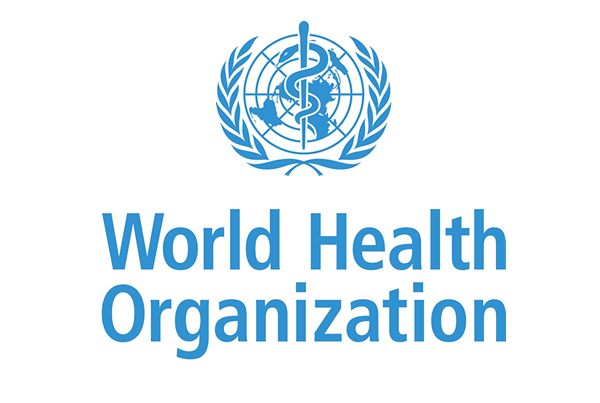I can’t begin to tell you how much pleasure it gives me to write this article. I will never forget being severely chastised a few years ago by a senior executive of a company that sells thousands of RO systems per year for “not knowing what I’m talking about” and that my challenge to him and the industry about RO water being unhealthy was “preposterous”. At the time of the meeting I was not equipped to fend off his accusations because I hadn’t put in the research that I have now.
Despite being torn to shreds by the marketing executive at the meeting, I never believed the RO industry claim that it didn’t matter if their systems removed everything from the source water because the human body couldn’t absorb inorganic molecules anyway. After all, most of the supplements that are available on the market are inorganic, which means that either the RO industry was protecting its “assets” or the entire supplement industry was a scam.
The RO industry has been disseminating inaccurate (that’s about as politically correct as I can get) information for years. Doctors and other health care professionals have unwittingly been endorsing the “RO water is the best drinking water” message for years which makes the myth worse because we trust these people with our health.
Proof that RO water is unhealthy
I could write about the dozens of interviews I have conducted with water industry experts and biochemists, or about the hundreds of scientific articles I have reviewed but nobody would take the time to read it. In order to keep things brief, I offer two sources of evidence that unequivocally reveal the fact that the water produced by RO systems is bad for your health if you drink the water over the long term.
I spent several long days poring over numerous studies related to the ability of the human body to absorb inorganic elements such as Calcium and Magnesium. I managed to find 14 scientific studies on the site that provide irrefutable evidence that the human body can and does absorb inorganic matter such as Calcium and Magnesium.
The bottom line of what I learned from reviewing the studies is that your body will absorb anywhere from 6% to 30% of its daily requirement of essential elements from tap water. In a world where our soil is virtually devoid of nutrients from too many crops and not enough recovery time, and where diets are anything but healthy, it is very important to your long term health that you ingest calcium and magnesium from drinking water.
Here are some of the highlights from the article:
The final report, published as an internal working document (World Health Organisation), concluded that “not only does completely demineralised water (distillate) have unsatisfactory organoleptic properties, but it also has a definite adverse influence on the animal and human organism.”
The potential for adverse health effects from long term consumption of demineralised water is of interest not only in countries lacking adequate fresh water but also in countries where some types of home water treatment systems are widely used or where some types of bottled water are consumed
The WHO provided recommendations in 2004 as to what they believe should be included in drinking water and in what concentrations:
• For magnesium, a minimum of 10 mg/l and an optimum of about 20-30 mg/l
• For calcium, a minimum of 20 mg/l and an optimum of about 50 (40-80) mg/l
• For total water hardness, the sum of calcium and magnesium should be 2 to 4 mmol/l
At these concentrations, minimum or no adverse health effects were observed. The maximum protective or beneficial health effects of drinking water appeared to occur at the estimated desirable or optimum concentrations. The recommended magnesium levels were based on cardiovascular system effects, while changes in calcium metabolism and ossification were used as a basis for the recommended calcium levels
Summary of the research:
Scientific testing and the best “unbiased” brains in the world have repeatedly demonstrated that long term consumption of demineralized (RO) water is bad for your health.
An extract of an article by F. Kozisek






